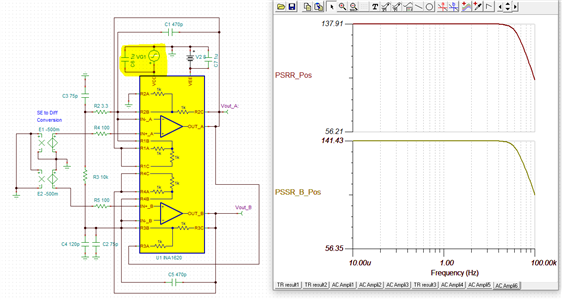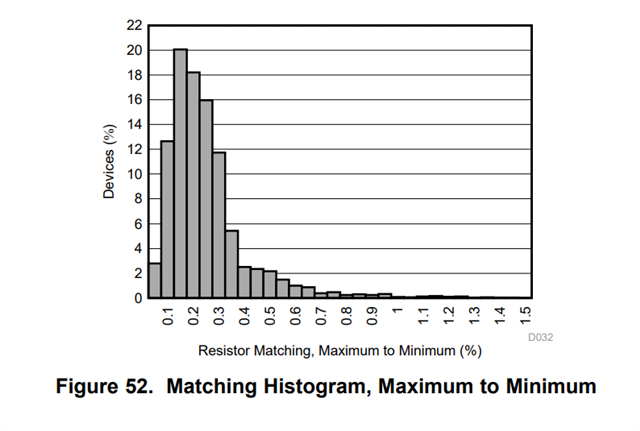Other Parts Discussed in Thread: OPA1637
After receiving a positive indication regarding being able to use a digital potentiometer in an INA1620 application to set gains in the forum thread "INA1620: Recommendation for Multiple Fixed Gain Settings", I would like to ask another question about the use of the matched resistors in the part.
Because of assembly costs, reducing the number of components is critical. The Mic Pre I am developing, and asked about will provide me the gains necessary for a microphone, and a low level line input with excellent PSRR and CMRR numbers. However, I now have the requirement to handle up to +16dBu on this same audio channel, which obviously needs to be attenuated so it won't saturate the AD converter.
From the original TINA circuit provided, I implemented the two unused pairs of matched resistors, placing them in parallel with the feedback resistor to give me negative gain. Simulation showed it doing what I want, but I cannot see any TINA simulation of CMRR or PSRR when doing this. Is there a CMRR, PSRR simulation in TINA? Would using the matched resistors in this way adversely affect the CMRR and PSRR numbers? I understand this will not drop the level to where I need it to be, but it gets me closer in this one block.
I have attached the updated TINA design for your review.
Thank you again for your help and guidance.








